





Bilious channels
Bilious channels. General characteristic
Bilious channels – system of the channels intended for removal of bile in a duodenum from a gall bladder and a liver. The innervation of bilious channels is carried out by means of branches of the neuroplex located in a liver. Blood arrives from a hepatic artery, outflow of blood is carried out in a portal vein. The lymph flows to lymph nodes that are in area of a portal vein.
Movement of bile in biliary tract happens at the expense of the secretory pressure which is carried out by a liver and also thanks to motor function of sphincters, a gall bladder and owing to a tone of walls of bilious channels.
Structure of bilious channels
Depending on dislocation channels are divided on extrahepatic (the left and right hepatic channels, hepatic the general, bilious the general and vesical channels belong here) and into intra hepatic. The hepatic bilious channel at the same time is formed thanks to merge two side (left and right) hepatic channels which take away bile from each hepatic share.
Puzyrny Canal, in turn, originates from a gall bladder, then, merging with the general hepatic, creates the general bilious. The last consists of 4 parts: supraduodenalny, retropancreatic, retroduodenal, intramural. Opening on a faterovy nipple of a duodenum, the intramural part of the general bilious canal forms the mouth where pancreatic and bilious channels combine in a so-called hepatopancreatic ampoule.
Diseases of bilious channels
Bilious ways are subject to various diseases, the most widespread of them are described below:
- Cholelithiasis. It is characteristic not only of a gall bladder, but also of channels. Morbid condition to which the persons inclined to completeness are most often subject. Consists in formation of stones in bilious channels and a bubble owing to stagnation of bile and at disturbance of exchange of some substances. The structure of stones is very various: it is mix of bile acids, bilirubin, cholesterol, etc. elements. Quite often stones in bilious channels do not bring notable discomfort to the patient why their carriage can be estimated for years. In other situations the stone is capable to cork bilious ways, to damage their walls that leads to emergence of an inflammation in bilious channels which is followed by hepatic gripes. Pain is localized in the area in right hypochondrium and gives to a back. Quite often is followed by vomiting, nausea, high temperature. Treatment of bilious channels at formation of stones quite often includes the diet based on the use of food, vitamin-rich A, K, D with the low calorie content and an exception of the products rich with animal fats;
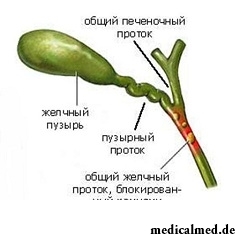
- Dyskinesia. Often found disease at which motor function of bilious ways is broken. It is characterized by change of pressure of bile in various departments of a gall bladder and channels. Dyskinesia can be as independent diseases, and to accompany morbid conditions of bilious ways. Symptoms of dyskinesia are the heavy feeling and pain in a verkhnepravy zone of a stomach which arises later 2 h after meal. Also nausea, vomiting can be observed. Treatment of bilious channels at the dyskinesia caused by neurotization carry out by means of the funds allocated for treatment of neurosises (first of all a valerian root);
- Cholangitis or inflammation in bilious channels. It is in most cases observed at acute cholecystitis, however maybe by an independent disease. It is shown in the form of pains in the field of the right hypochondrium, fever, plentiful release of sweat, often is followed by attacks of nausea and vomiting. Quite often against the background of a cholangitis there is jaundice;
- Cholecystitis is acute. An inflammation in bilious channels and a gall bladder owing to hit of an infection. As well as gripes, is followed by pain in the field of the right hypochondrium, temperature increase (from subfebrile to high values). Besides, increase in a gall bladder in sizes is observed. As a rule, arises after plentiful acceptance of greasy food, alcohol intake;
- Cholangiocarcinoma or bile duct carcinoma. Intra hepatic, distal bilious channels, and also located in the field of hepatic gate are subject to cancer. As a rule, the risk of development of cancer increases at a chronic current of a number of diseases, including a cyst of biliary tract, stones in bilious channels, a cholangitis, etc. Symptoms of a disease are very various and fevers, vomitings and/or nausea and others can be shown in the form of jaundice, an itch in the field of channels. Treatment is performed by removal of bilious channels (if the size of a tumor is limited by an internal gleam of channels), or if the tumor extended out of liver limits, removal of bilious channels with the struck part of a liver is recommended. At the same time transplantation of a liver of the donor is possible.
Methods of a research of bilious channels
Diagnosis of diseases of bilious ways is carried out by means of modern methods which descriptions are given below:
- intraoperative haledo-or holangioskopiya. Methods, reasonable when determining a choledochotomy;
- ultrasonic diagnosis with a high share of accuracy reveals existence of stones in bilious channels. Also the method helps to diagnose a condition of walls of bilious ways, their size, existence of concrements, etc.;
- duodenal sounding – a method which is used not only for diagnosis, but also in medical. It consists in introduction of the irritants (as a rule, parenterally) stimulating reductions of a gall bladder and weakening a sphincter of a bilious channel. Advance of the probe on a digestive tract causes allocation of a secret and bile. Assessment of their quality along with the bacteriological analysis give an idea of existence or absence of this or that disease. So, this method allows to study motor function of biliary tract, and also to reveal obstruction of bilious ways a stone.
The American scientists made experiments on mice and came to a conclusion that water-melon juice prevents development of atherosclerosis of vessels. One group of mice drank usual water, and the second – water-melon juice. As a result vessels of the second group were free from cholesteric plaques.

Color of plants is caused by presence at them of certain chemical compounds. Let's talk that various colors mean vegetable...
Section: Articles about health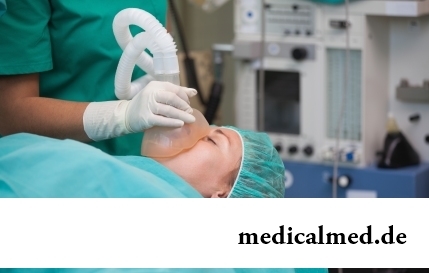
History of use of an anesthesia during operations contains more than 160 years. Annually in the world hundreds of thousands of surgical interventions during which to patients the substances immersing them in a dream and saving from pain are entered are carried out. Using an anesthesia to these...
Section: Articles about health
What is in our understanding weeds? It plants which are considered to be suitable only for compost pits and feeding of animals. Meanwhile, among the weeds growing literally under legs it is possible to find the mass of the officinal herbs having invaluable advantage for human health. It is possible not only to be treated by most of them, using as broths, tinctures, compresses, but also to accept in food as usual products. Let's consider 8 widespread and often ignored by people...
Section: Articles about health
Smack in a mouth can arise in the natural way – as a result of lack of morning hygiene or reception of the corresponding food. Odn...
Section: Articles about health
Physical activity is necessary for normal functioning of a human body. At a lack of the movement joints cease to function, muscles atrophy, cardiovascular activity is broken and the metabolism worsens. Modern городс...
Section: Articles about health
You heard that laughter prolongs life? Researchers did not manage to establish longevity direct link with sincere fun yet, but several facts confirming beneficial influence of risibility on the state of health are clinically proved....
Section: Articles about health
Hemorrhoids – extremely widespread disease. Periodically arising inflammations and bleeding of hemorrhoidal nodes пр...
Section: Articles about health
We live during an advertizing era. Daily each person receives a solid portion of persuasive councils about what to eat to be healthy and successful. Products about which we will talk today are combined by the following circumstance: all of them are positioned as most...
Section: Articles about health
Feeding by a breast - the integral part of ideal motherhood allowing to come into contact with the kid and to create to it healthy immunity since early years. Nevertheless, this important process in life of mother and child can be saddened laktostazy − by a milk delay in a mammary gland. What main reasons for a laktostaz? How not to allow problems with breastfeeding? Let's consider 10 premises resulting in stagnation of milk at the nursing mother....
Section: Articles about health
The cosmetics intended for improvement of a condition of skin, nails and hair are used by each woman. Expenses on регуля...
Section: Articles about health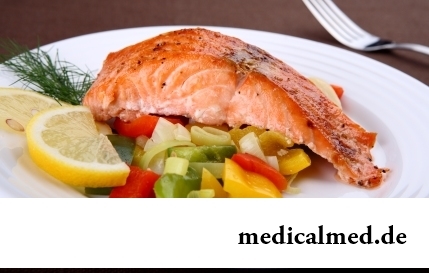
Diseases of joints often begin imperceptibly for the person. The first stages of destruction of the cartilaginous tissue providing soft and free sliding of heads of bones in joint bags proceed slowly and absolutely without serious consequences. Especially unpleasantly for that this пр...
Section: Articles about health
Healthy lifestyle today in fashion, and many parents think of that the child from the early childhood played sports. Trainings will help it to become strong and hardy, will improve coordination of movements, and also will exert positive impact on mentality: it will become more collected and purposeful....
Section: Articles about health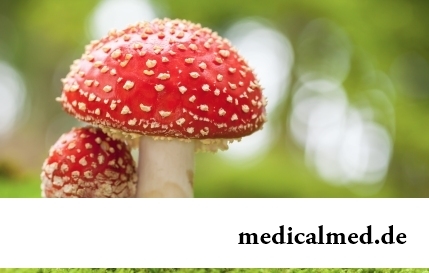
Mushrooms - the surprising inhabitants of our planet having a set of wonderful qualities. Thanks to one of them, a mold mushroom of Penici...
Section: Articles about health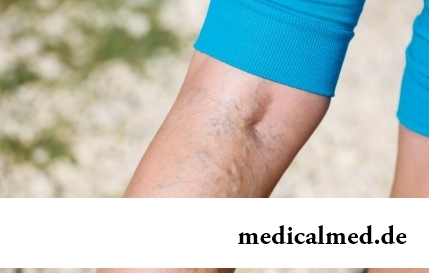
The varicosity has familiarly many, statistically, this disease more than a half of all adult population. As a rule, the varicosis affects preferential superficial vessels, and is shown by characteristic cosmetic defects. Guo...
Section: Articles about health
Life of the modern woman is very difficult. Opportunities to realize itself are wide: it not only education and career, but also the most various hobbies from sport before needlework. It is not less important to build private life, paying an attention maximum to children, the husband, parents, friends. For all these affairs there is catastrophically not enough time therefore each of us tries to cut down as far as possible its expenses on necessary, but not the most fascinating housework. With it we are successfully helped by means...
Section: Articles about health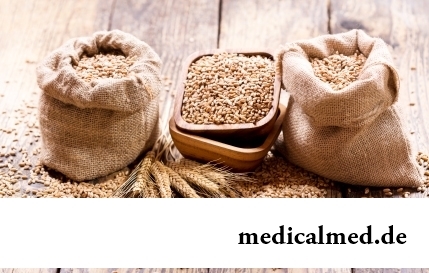
The concept "gluten" (differently, a gluten) combines group of the proteins which are a part of rye, barley and wheat. For most of people упот...
Section: Articles about health
Antibiotics - - it is possible to call the chemical compounds suppressing growth of bacteria the break in the field of medicine which allowed to save mankind from many diseases incurable earlier: tuberculosis, plague, syphilis and many others. A contribution of drugs to rescue of people from...
Section: Articles about health
Herpes simplex of the first type (the infectious disease which is shown periodic bubble rashes on lips is called) – one of the most widespread illnesses. Statistically, only 5% of inhabitants of our planet are unreceptive to its activator, and the reasons of this feature are still not found out. Other people are virus carriers....
Section: Articles about health
One of the useful properties presented to the person by the nature is ability to feel fear. This ability is called a signal...
Section: Articles about health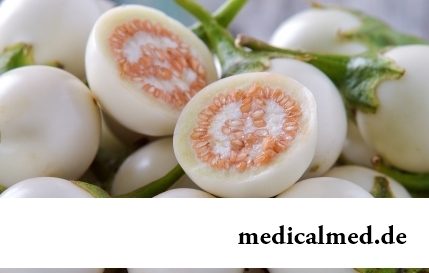
It is possible to find the extensive range of fruit and vegetables in modern shops. Russians already got used that on counters there is not only a seasonal domestic production, but the vegetables and fruit which are grown up in the countries with more comfortable conditions at all seasons of the year...
Section: Articles about health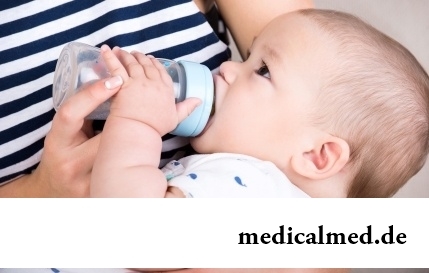
Producers of milk mixes for children assure: mixes are ideally balanced and adapted for needs of babies. If mother should raise artificially the kid owing to serious problems with health, to do nothing – it is necessary to feed with substitutes of milk. However pediatricians note that not seldom women without good reasons refuse feeding of the child a breast and pass to milk mixes. Common causes of such decision – the aspiration to leave quicker...
Section: Articles about health
It would seem, about it there can be no disagreements: water is necessary for a human body for normal zhiznedeyatet...
Section: Articles about health
From sexual contacts each person can test insufficiently strongly expressed sexual desire or lack of satisfaction from time to time. However when it happens regularly, it is an occasion to think about health. Most of people does not hurry an obrashcha...
Section: Articles about health
What woman does not dream of a beautiful and thick hair? While physicians developed difficult schemes on hair transplant, in the industry of hairdresser's art a few years ago there was a sensation – methods of hair extension appeared. It would seem, dreams came true: though the procedure of building also does not belong to the category cheap, practically any woman can increase several times the volume of hair, change their length and color – generally, to become the real beauty queen....
Section: Articles about health
With age in a human body harmful substances collect. We receive them with food and water, at inhalation contaminated air...
Section: Articles about health
Statistically, can only one of ten of our compatriots brag of a decent condition of an oral cavity. Six teeth affected with caries are the share of the average Russian. For comparison, this indicator for Europeans almost six times exchanges...
Section: Articles about health
The pine is one of the most widespread plants of our woods. Its needles and pitch not without reason called by "gallipot" were since ancient times used for strengthening of protective forces of an organism, treatment of avitaminosis, anemia and many other diseases. In recent years wide popularity was gained by the national medicines prepared from pinecones. "Fruits" of a coniferous tree contain a huge amount of vitamins, biologically active agents, antioxidants, phytoncides and other useful to...
Section: Articles about health
